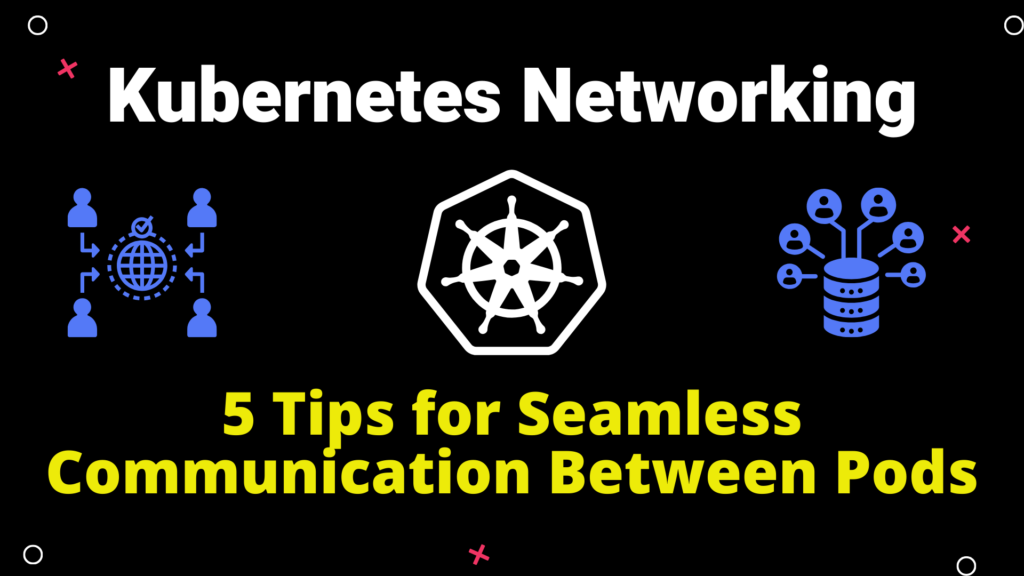
Kubernetes is a powerful container orchestration platform that enables developers to manage and deploy containerized applications at scale. One of the key challenges in Kubernetes is ensuring that pods, the basic units of deployment in Kubernetes, can communicate with each other seamlessly.
In this blog post, we will discuss 5 tips for achieving seamless communication between pods in Kubernetes. These tips will help you to avoid common networking problems and ensure that your applications are always able to communicate with each other.
Tip 1: Understand the Kubernetes Networking Model
The foundation of Kubernetes networking lies in its use of virtual networks, each acting as an isolated overlay network within the underlying physical network. Pods are assigned unique IP addresses within these virtual networks, enabling them to communicate with each other without interfering with other network traffic.
Tip 2: Leverage Kubernetes Services for Pod Exposure
Kubernetes Services play a pivotal role in exposing pods to the outside world, making them accessible to applications and services running outside the cluster. By creating a Service, you essentially define an abstraction for a group of pods, allowing external entities to discover and communicate with them without needing to know their individual IP addresses.
Tip 3: Employ Pod Networking Plugins for Flexibility
Kubernetes offers a variety of pod networking plugins, each with its own strengths and limitations. Popular plugins include Flannel, Calico, and Contiv. Choosing the appropriate plugin depends on factors such as network topology, security requirements, and performance expectations.
Tip 4: Utilize ClusterDNS for Service Resolution
Kubernetes ClusterDNS provides a built-in DNS service that simplifies service resolution within a cluster. By leveraging ClusterDNS, pods can discover the IP addresses of other pods using their Service names, eliminating the need for manual IP address management.
Tip 5: Monitor and Troubleshoot Network Issues Proactively
Effective Kubernetes networking requires proactive monitoring and troubleshooting. Tools like Prometheus and Grafana can be used to collect and visualize network metrics, providing insights into network performance and potential issues. Additionally, Kubernetes provides built-in log analysis capabilities to aid in debugging network-related problems.
Real-Time Scenarios from Day-to-Day Activities
To illustrate these tips in real-world scenarios, consider the following examples:
Scenario 1: Deploying a Multi-Tier Application
When deploying a multi-tier application consisting of multiple microservices, each running in its own pod, Kubernetes Services ensure that the microservices can communicate with each other seamlessly. By exposing each microservice using a Service, you create a stable endpoint for inter-service communication.
Scenario 2: Integrating External Services
Integration with external services often requires exposing pods to the outside world. Kubernetes Services facilitate this by providing an external IP address for the pods, enabling communication with external applications and services.
Scenario 3: Troubleshooting Network Latency Issues
If you encounter network latency issues, Kubernetes networking plugins provide tools to monitor network performance and identify potential bottlenecks. By analyzing network metrics, you can pinpoint areas of congestion and optimize network configurations accordingly.
Thanks for reading! I hope you found this post helpful. If you have any questions, please leave a comment below or you can connect on below platforms (Youtube & telegram) for more “To The Point” Learning.
Telegram: https://t.me/t3pacademy & https://t.me/LearnDevOpsForFree
Youtube: https://www.youtube.com/@T3Ptech